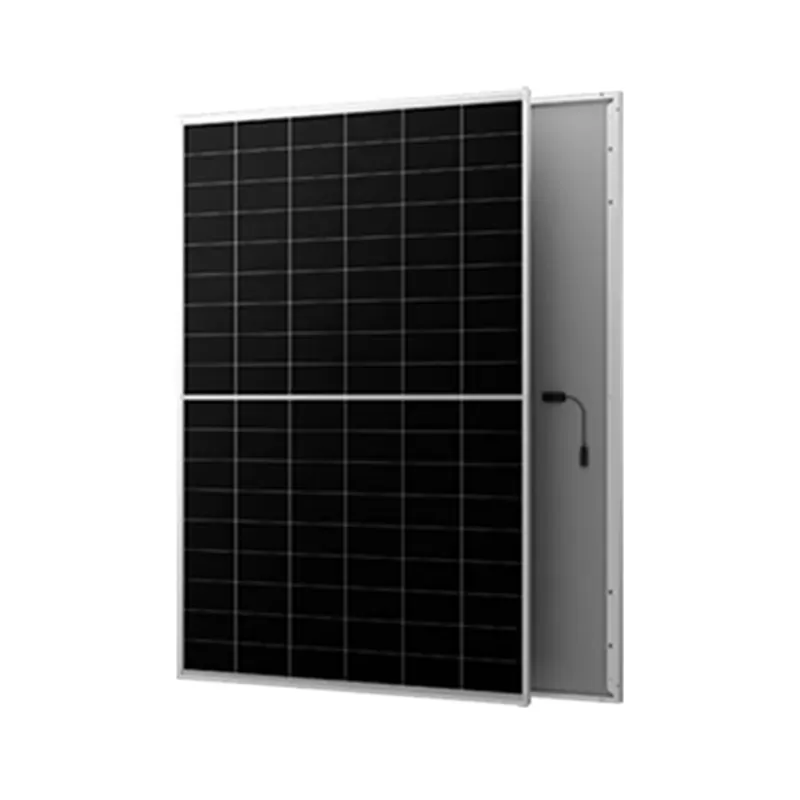Exploring the Benefits and Trends of Solar Energy Installation in Modern Homes
The Rise of Solar Installation Harnessing the Power of the Sun
As global awareness of climate change intensifies, many are turning to renewable energy solutions to help mitigate environmental impacts. Among these, solar energy has emerged as a frontrunner. Solar installation, which refers to the setup of photovoltaic (PV) systems that convert sunlight into electricity, has seen significant growth over the years and is rapidly becoming a viable solution for both residential and commercial energy needs.
The fundamental beauty of solar energy lies in its simplicity and accessibility. The technology involves solar panels, which are made up of many solar cells made from silicon. When sunlight hits these cells, it knocks electrons loose, creating an electric current. This process is not only efficient; it's also sustainable, as the sun is a virtually inexhaustible resource. Despite occasional weather variations, the sun rises every day, making it a dependable source of energy.
One of the most significant advantages of solar installations is their potential for cost savings. Although the initial investment in solar technology can be substantial, the long-term financial benefits often outweigh the costs. Homeowners and businesses that install solar panels can significantly reduce their electric bills. In many cases, excess energy generated can be sold back to the grid, creating an additional source of income.
Moreover, the installation of solar panels can increase property value. Numerous studies indicate that homes equipped with solar energy systems are more attractive to buyers, often leading to a quicker sale and a higher sale price. This trend is increasingly becoming a deciding factor for environmentally-conscious buyers who want to invest in sustainable living.
solar installation

The environmental benefits of solar installation cannot be overstated. By harnessing solar energy, we can reduce our reliance on fossil fuels, which are the primary contributors to greenhouse gas emissions. The installation of solar technologies not only reduces carbon footprints but also minimizes air pollution, leading to healthier communities. Transitioning to solar energy is a critical step towards achieving net-zero emissions and combating global warming.
Additionally, solar installation creates jobs and stimulates the economy. The solar industry has become a significant employment sector, with jobs ranging from manufacturing solar panels to installation and maintenance. According to reports, employment in the solar sector is projected to continue growing as more individuals and businesses recognize the importance of investing in sustainable energy solutions.
Government incentives further bolster the appeal of solar installation. Many governments worldwide offer tax credits, rebates, and grants to encourage the use of renewable energy. These incentives can alleviate the upfront costs associated with solar installations, making it more accessible to a broad range of consumers.
Despite the myriad benefits, some challenges remain. The initial investment can be a barrier for many, and there are also concerns over the supply chain for solar technologies, particularly for rare materials used in manufacturing solar panels. However, advancements in technology and growing economies of scale continue to lower costs and improve the efficiency of solar systems, making this energy source increasingly attractive.
In conclusion, solar installation represents an innovative solution to some of our most pressing issues, from climate change to energy security. As technology continues to evolve, and as awareness of sustainability grows, solar energy will likely play a central role in our energy landscape. Embracing solar installation is not just an investment in technology; it’s an investment in our planet’s future. For homeowners and business owners considering energy options, there has never been a better time to go solar.
-
Unlocking Energy Freedom with the Off Grid Solar InverterNewsJun.06,2025
-
Unlock More Solar Power with a High-Efficiency Bifacial Solar PanelNewsJun.06,2025
-
Power Your Future with High-Efficiency Monocrystalline Solar PanelsNewsJun.06,2025
-
Next-Gen Solar Power Starts with Micro Solar InvertersNewsJun.06,2025
-
Harnessing Peak Efficiency with the On Grid Solar InverterNewsJun.06,2025
-
Discover Unmatched Efficiency with the Latest String Solar InverterNewsJun.06,2025







